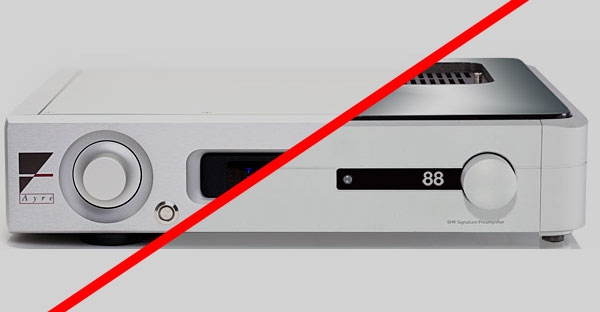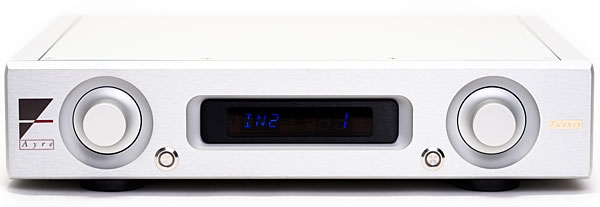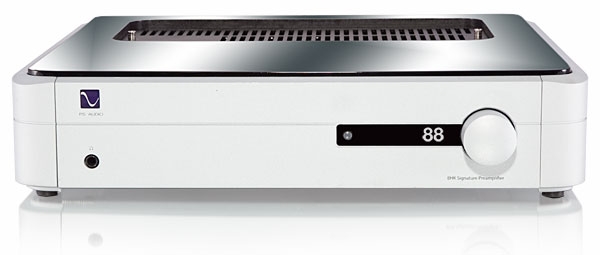| Columns Retired Columns & Blogs |
... don't stop now.
Next, could we please have a faceoff comparison between the PS Audio BHK Signature and the Parasound Halo P5 (https://www.stereophile.com/content/parasound-halo-p-5-21-channel-da-preamplifier) - because $4,900 is "real money", too.













































